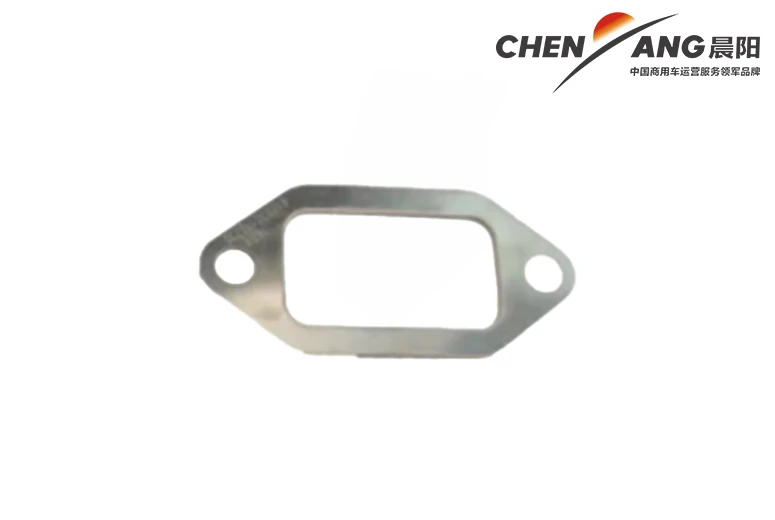light duty military trucks
Light Duty Military Trucks Essential Versatility on the Battlefield
In the ever-evolving landscape of modern warfare, the role of logistics and transport cannot be overemphasized. Among the various vehicles employed by military forces, light duty military trucks stand out due to their versatility, maneuverability, and crucial support roles in both combat and non-combat scenarios. These trucks fill a vital niche, capable of navigating challenging terrains while providing critical transport solutions for troops and supplies.
Versatility and Design
Light duty military trucks are designed to handle a variety of missions. Unlike heavy-duty trucks that are often burdened with overwhelming payloads, light duty variants prioritize agility and speed without compromising capability. Typically, they are equipped with four-wheel drive systems, allowing them to traverse rugged landscapes, urban environments, and even off-road conditions. Their lightweight construction enables quicker acceleration and better maneuverability, making them ideal for rapidly changing battlefield scenarios.
The design of light duty military trucks also focuses on modularity
. Many can be outfitted with different bodies and accessories to serve specific purposes, such as troop transport, cargo delivery, or even medical evacuation. This adaptability makes them indispensable assets in various operational contexts—whether providing supplies to frontline troops or executing strategic missions in remote areas.Current Models and Innovations
Several military forces around the world utilize advanced light-duty trucks designed to meet contemporary needs. For instance, the U.S. military has integrated vehicles like the Joint Light Tactical Vehicle (JLTV). The JLTV represents a significant innovation in the realm of light duty military transport, combining enhanced protection features with off-road prowess. This vehicle is engineered not only for transport but also for survival against modern threats, including improvised explosive devices (IEDs) and small arms fire.
light duty military trucks

Other notable models include the British Jackal, designed for reconnaissance and armed roles, and the Russian GAZ Tigr, which offers protection and versatility in diverse combat scenarios. These trucks are outfitted with advanced communication systems, weapon mounts, and armored protection, making them adaptable in various operational theaters.
Logistic and Operational Impact
The operational impact of light duty military trucks extends beyond mere transportation. They are integral to sustaining military operations; by ensuring the timely delivery of supplies, equipment, and personnel, these trucks enhance combat efficiency and effectiveness. In contrast to larger trucks, light duty variants can operate in environments where heavy vehicles might be restricted due to size or logistical constraints.
The importance of these vehicles is perhaps most evident in asymmetric warfare scenarios, where light and mobile forces need to react swiftly to changing conditions. The ability to transport troops quickly to hot zones, or to extract them effectively when under threat, can mean the difference between mission success and failure.
Conclusion
Light duty military trucks are indispensable assets in the modern military arsenal. Their combination of speed, agility, and adaptability allows them to fulfill a variety of critical roles on the battlefield. As military strategies continue to evolve, so will the designs and capabilities of these vehicles to meet emerging threats and requirements. The enduring need for reliable, versatile logistics solutions underscores the significance of light duty military trucks in maintaining operational readiness and effectiveness of armed forces worldwide. In a complex world where rapid response is crucial, these vehicles remain a cornerstone of military logistics and strategy.
-
Plastic Pipe Fittings-Chenyang Group|Innovation&DurabilityNewsAug.08,2025
-
Plastic Industrial Pipe Fittings - Chenyang Group | Durable, Customizable, Versatile SolutionsNewsAug.07,2025
-
2BFY Traction Series Grain Fertilizer Seeder-Chenyang Group|Integrated Seeding&FertilizingNewsAug.07,2025
-
API CI-4 Engine Oil: Superior Protection for Heavy Duty TrucksNewsAug.07,2025
-
2BFY Traction Series Grain Fertilizer Seeder - Chenyang Group | Precision Seeding, Efficient FertilizingNewsAug.07,2025
-
2BFY Traction Series Grain Fertilizer Seeder-Chenyang Group|Integrated Seeding&Fertilizing EfficiencyNewsAug.07,2025
Popular products

























